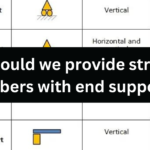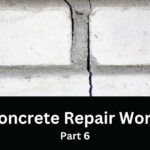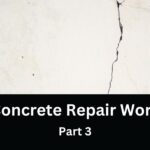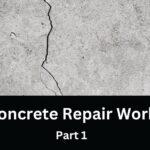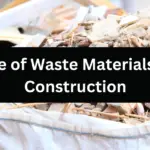Concrete Repair Work – Part 6
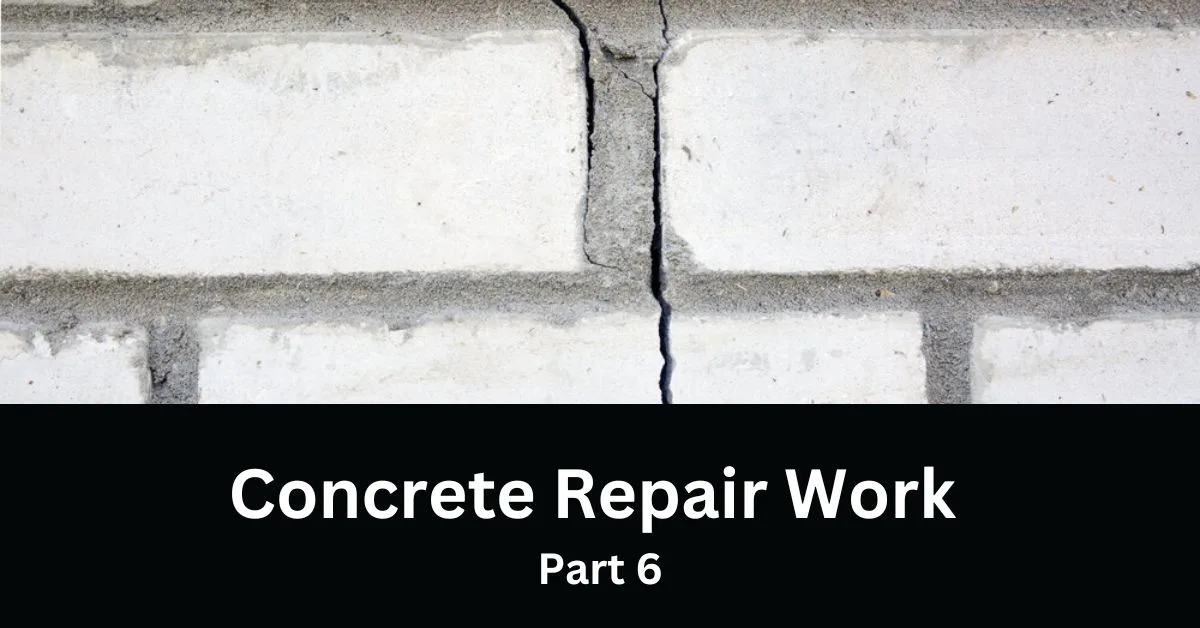
This is the sixth article in a series of articles on concrete repair work. This is a continuation of the ...
Read more
Concrete Repair Work – Part 3
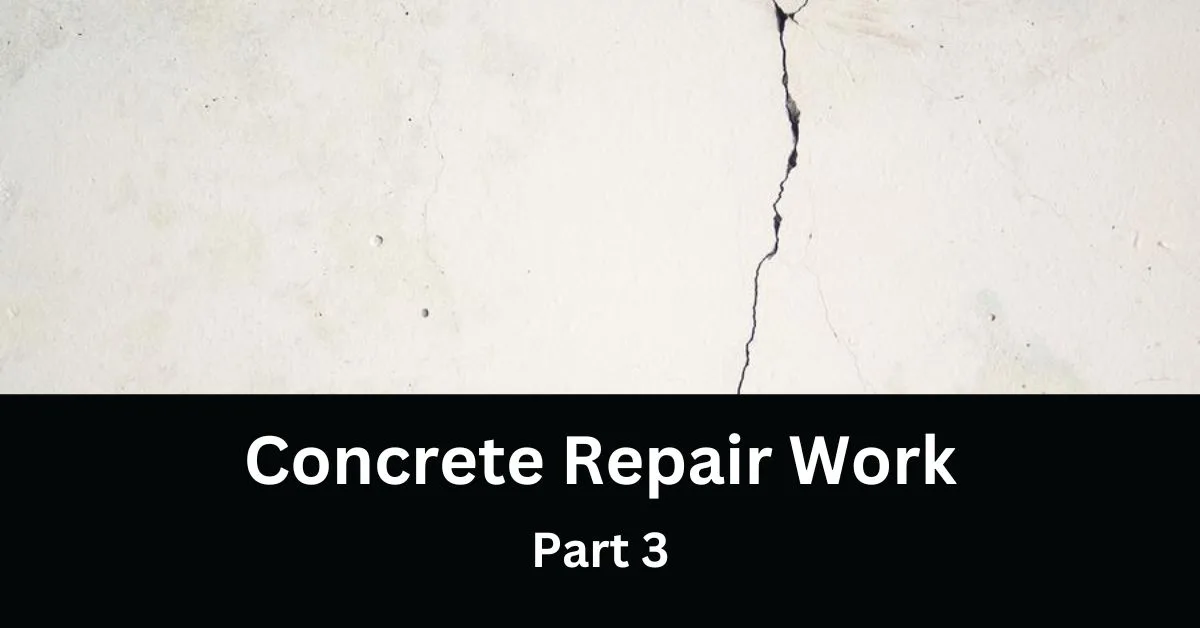
This is the third article in a series of articles on concrete repair work. Here we are going to discuss ...
Read more
Concrete Repair Work – Part 4
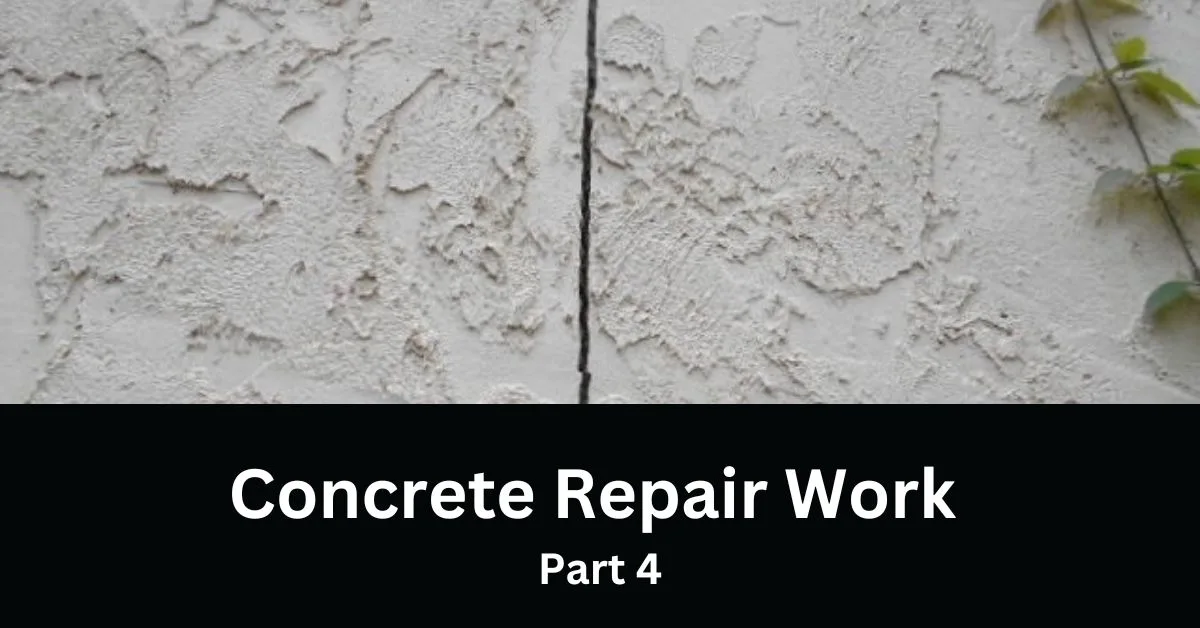
This is the fourth article in a series of articles on concrete repair work. Here we are going to discuss ...
Read more
Concrete Repair Work – Part 1
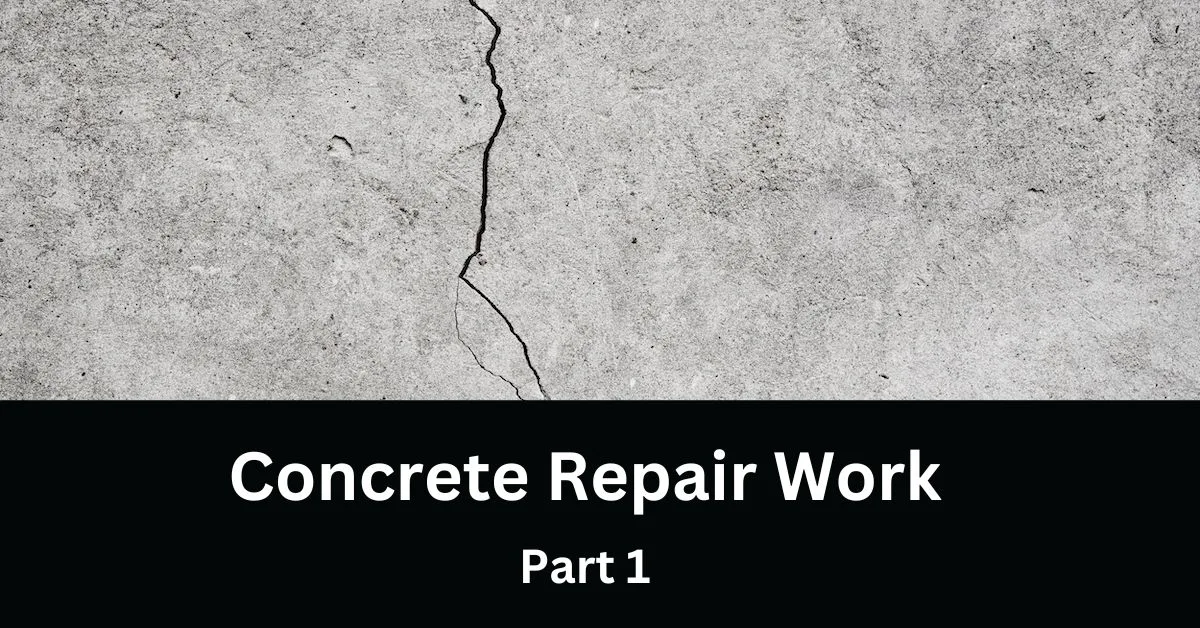
This is the beginning of a series of articles about concrete repair work. In this series, we will discuss how ...
Read more
How do I place the doors of a house correctly?

Let’s learn the correct way to design doors for your house. The placement of a door in a house is ...
Read more
Use of Waste Materials in Construction?
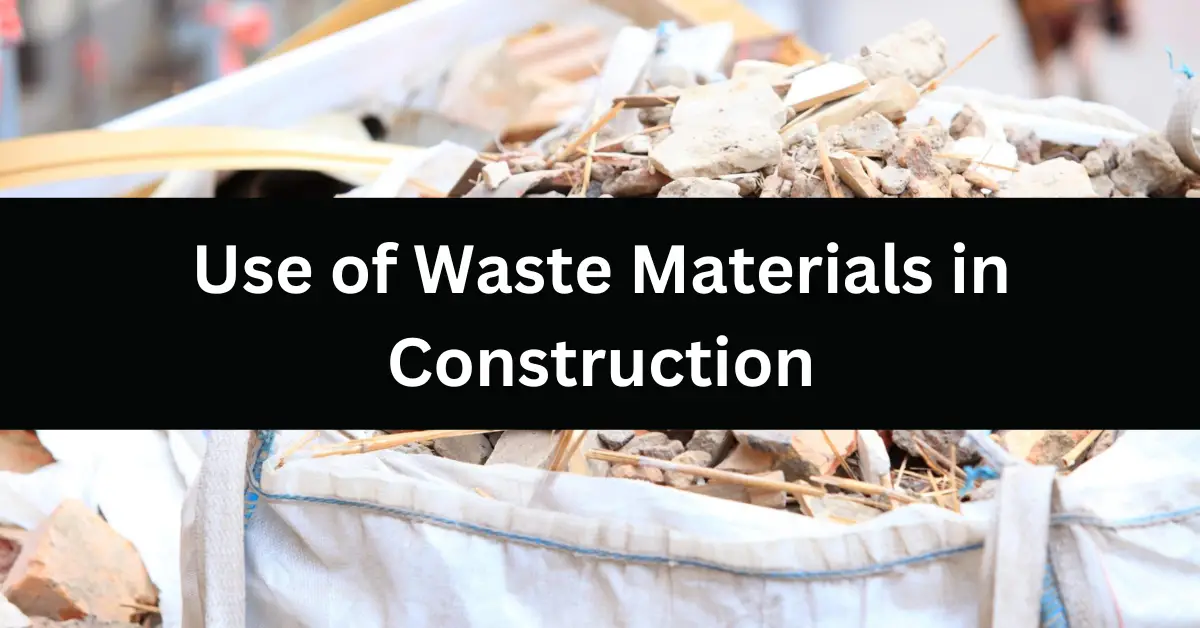
The construction industry is one of the largest contributors to global greenhouse gas emissions and waste generation. To mitigate this ...
Read more
How to quantify the operational phase’s sustainability

“Operational Phase” refers to the period of time that the relevant portion of the permitted development is in operation following ...
Read more
Concrete Mixing & Placing-Part 4
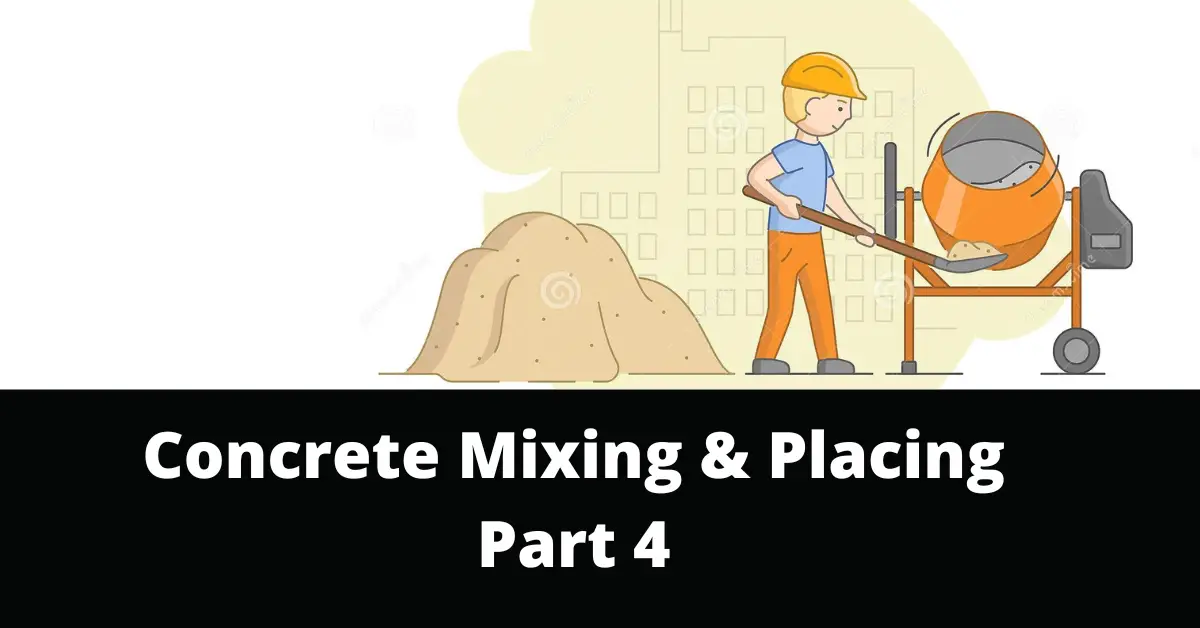
In this article, you will learn how to properly mix and place concrete. For a better understanding, read part 3 ...
Read more
What is wall-by-wall construction?
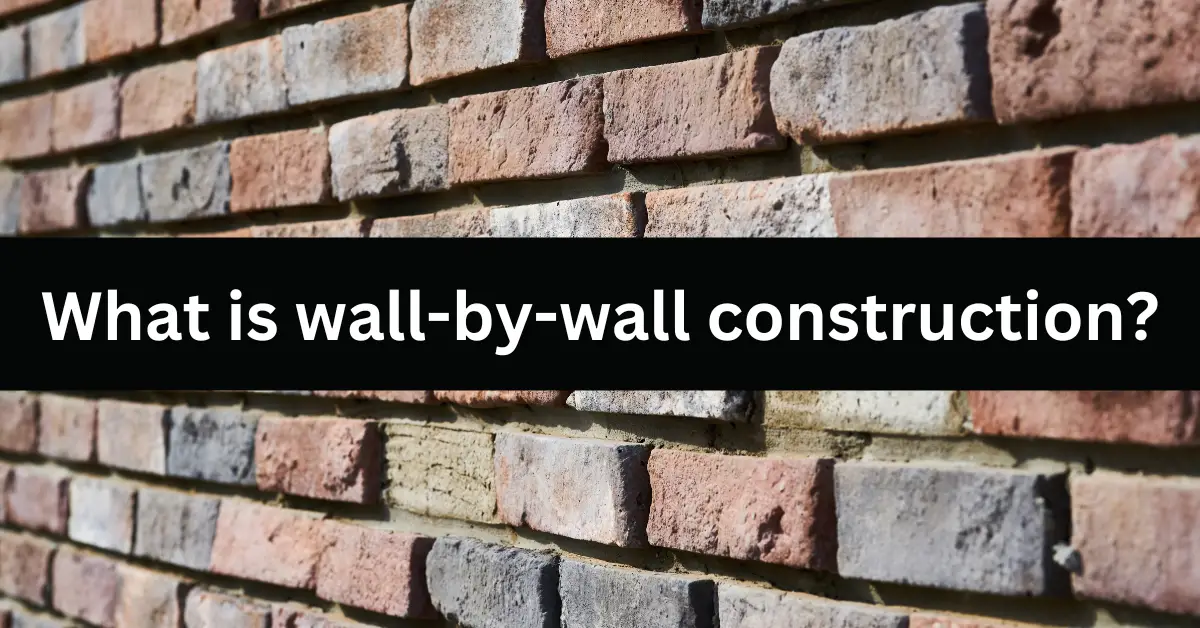
Do you know what wall-by-wall construction is? Wall by wall construction refers to a construction process where individual walls are ...
Read more
What are the cracks in concrete? – Part 1
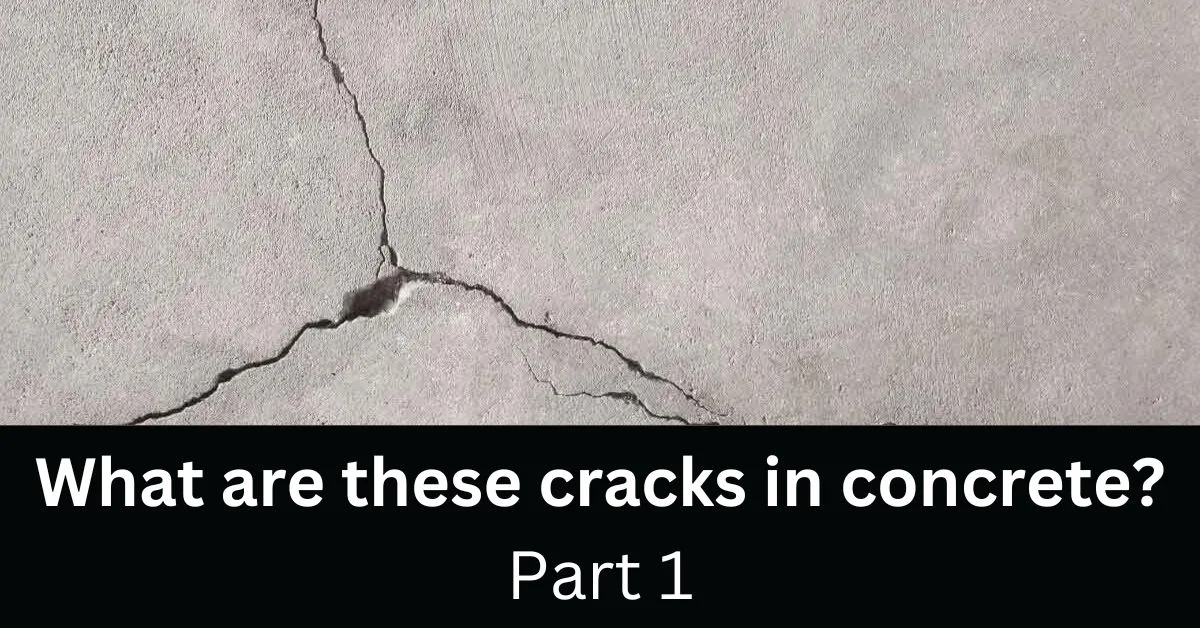
In this series of articles, we are going to discuss what concrete cracks are, what causes them, and how to ...
Read more
